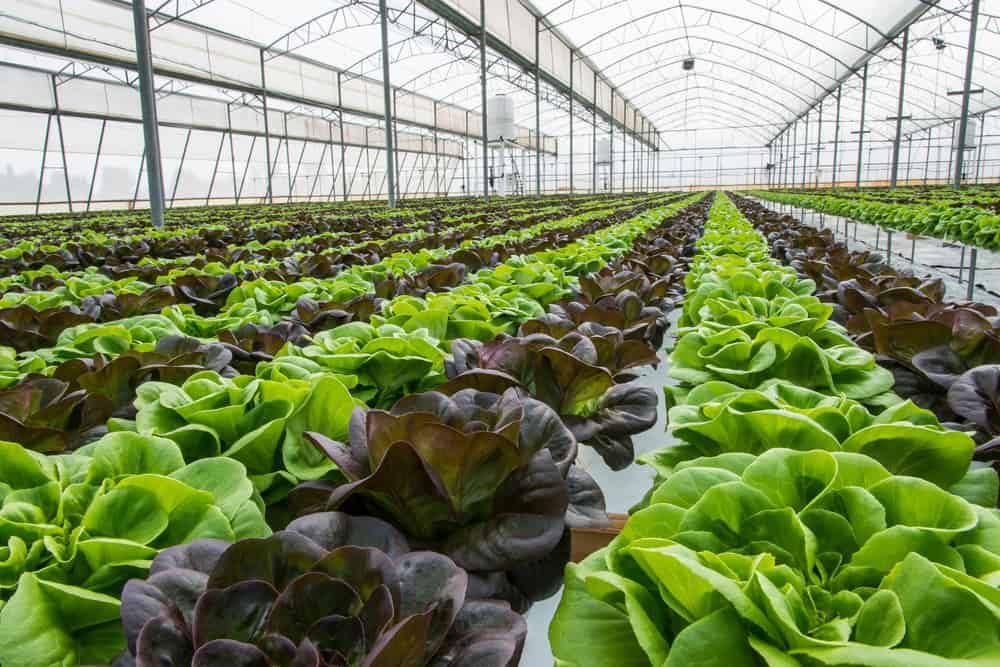Greenhouse gardening has been one of the trends for people who want to grow out-of-season plants. Because of this option, gardeners can cultivate tropical plants and exotic flowers. Apart from this, it makes home gardening easier as long as there’s enough space for this structure.
Suppose you’re planning to start greenhouse gardening anytime soon. In that case, you need some tips to make a fruitful greenhouse garden. These pointers won’t just make the most of your expenses but will ensure you’d grow quality plants. For that purpose, here’s an article to guide you.

1. Check The Greenhouse’s Climate
While greenhouses generally set the climate for which the plants will thrive, they may still have an inappropriate temperature. Because of this, it’s a must for every beginning gardener to know the ideal temperature. But before knowing this, remember that the first thing to consider is the type of plants you plan to cultivate.
If you’re in Australia, your greenhouse may be unheated when you’re growing tropical plants. If you’re cultivating plants that grow naturally in high-altitude areas, you may consider setting the climate cooler by maximizing ventilation and other cooling mechanisms.
The climate will be checked before, during, and after a group of plants is grown. This ensures that the plants will grow to their best versions and prevent pests and other issues from occurring. Using a thermometer is an excellent way to keep the greenhouse’s climate in check. Partitioning your greenhouse is another excellent option to ensure that the greenhouse has an ideal climate.
2. Start With Seeds
The good thing about starting with seeds is that they have lower chances of having pests and similar problems. Cuttings and seedlings, especially when transplanted from other beds, may have pests and diseases that may affect just the particular portions of newly grown plants and the entire greenhouse.
In planting seeds inside the greenhouse, always consider planting more numbers than what you’re planning to germinate. This is because not all seeds will successfully grow so you can pick a healthy group of seedlings.
3. Know The Plants’ Space Requirements
Some plants grow correctly, even in clusters. However, more plants grow better when budding alone or in pairs because they compete less for nutrients. Because of this, you must determine the space requirements of plants before cultivating them.
Apart from the literal spacing, the space requirements also include the design and layout of the plants. If your growing space is less than 10,000 square feet, consider using the free-standing design where you’d use most of the available greenhouse spaces, including the ceiling and truss spaces.
On the other hand, if your growing space is more extensive than 10,000 square feet, you may consider full-blown and gutter-connected greenhouses. These types can hold long and wide tables where you can set up plants and pots for cultivation.
4. Begin With Easy-To-Grow Greenhouse Plants
Start with easy-to-grow greenhouse plants that may require little care and can grow despite adversities, such as inappropriate temperature and poor ventilation. For some of the plants you may want to try first, check the following:
- Chilis
Chilis can grow in small pots and thus require little space. In addition, they only need less than average watering frequency to survive. If your greenhouse is unheated, you may start with chili seeds in a propagator.
- Tomatoes
You may start growing tomato seeds in a propagator or a windowsill where the sunlight can reach them. Transplant the seedlings when they have enough roots. Cultivation may require little care and maintenance besides the usual watering and fertilizer placement.
- Potatoes
Potatoes are ideal for small greenhouses. They can grow in pots, bags, or barrels. For best results, beginning greenhouse gardeners need to allow them to sprout before transplanting them into bigger spaces.
5. Keep Pests Away
Install insect screens if you want to ensure that your greenhouse is pest-free. You can spray insecticidal soaps on the affected plants. In addition, you may also need to keep your pets away from the structure as they could be carriers of pests.
You may also set up sticky cards between the pots and plants if your plants are too sensitive to insecticides. For this option, you must replace the cards every week to ensure that what you’re using is still effective.
Wrapping Up
Greenhouse gardening, for the first time, poses a string of challenges. Many beginners start with a few easy-to-grow plants they can take care of regularly. They may also take note of the basic interior greenhouse design for better plant spacing. If you’re considering greenhouse gardening anytime soon, refer to the points provided in this article and be guided in every step you take in growing your best greenhouse plants.

Recent Comments